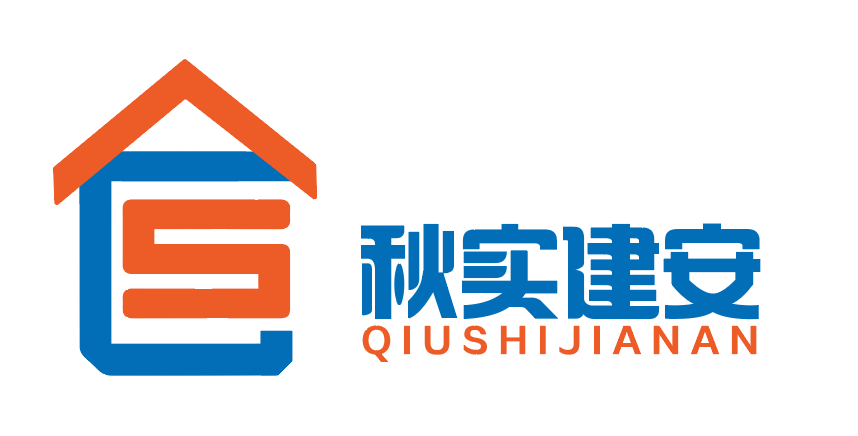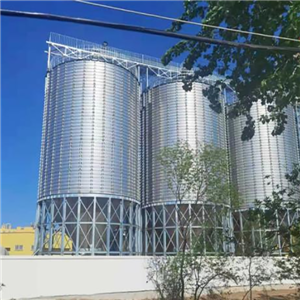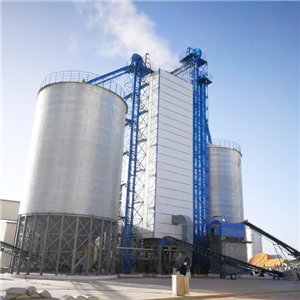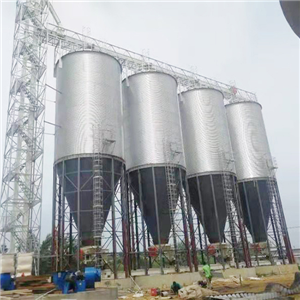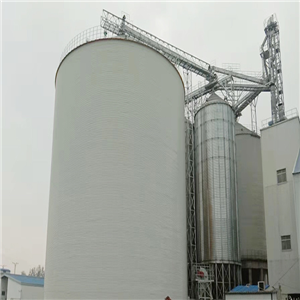Two Major Grain Belt Conveyor Problems And How To Avoid Them
It is not uncommon for large and complex machinery to have problems during operation, and the grain belt conveyor is no exception. Since the grain belt conveyor has many moving parts and these parts operate at maximum power 24 hours a day, the possibility of failure is quite high. When the grain belt conveyor fails, it will not only lead to a decrease in productivity, but also may result in expensive repair costs and even cause safety hazards. In order to avoid these unnecessary problems, Liaoning Qiushi today will introduce to you the three common problems of the grain belt conveyor and the corresponding avoidance methods, hoping to help you.
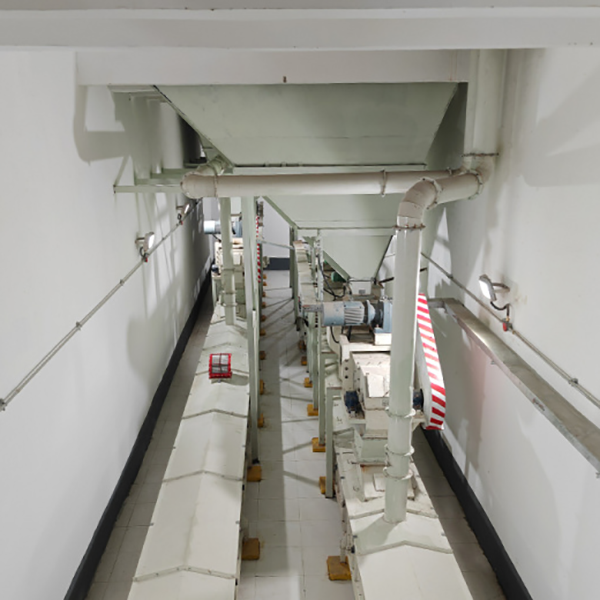
What Is Belt Deviation?
Belt deviation means that the conveyor belt deviates from its normal center line during operation, causing friction on one or both sides of the conveyor belt, affecting the conveying effect of the grain belt conveyor and increasing wear. Grain belt conveyor belt deviation may be caused by uneven tension, poor alignment or defects in the support structure.
Avoidance Method:
Adjust The Tension:Ensure that the tension of the conveyor belt is uniform, and avoid one side being too tight or too loose. Regularly check the tension device of the trough belt conveyor and make necessary adjustments.
Correct Alignment:Regularly check and adjust the alignment of the conveyor belt to ensure that it always remains in the center position during operation.
Maintain The Support Structure:Regularly check and maintain the support structure of the trough belt conveyor to ensure the stability of the conveyor belt and eliminate deviation problems caused by poor support.
What Is Belt Slippage?
Belt slippage refers to the lack of friction between the conveyor belt and the drive wheel, which causes the conveyor belt to slip on the drive wheel and cannot effectively transmit materials. Belt slippage will reduce conveying efficiency, increase energy consumption, and may cause damage to the trough belt conveyor.
Avoidance Methods:
Adjust The Drive Wheel Tension: Ensure that the tension of the single roller belt conveyor drive wheel is sufficient to provide the necessary friction. Regularly adjust the tension device of the single roller belt conveyor to maintain appropriate tension.
Check Wear: Regularly check the wear of the drive wheel and conveyor belt of the trough belt conveyor, and replace severely worn parts in time.
Keep Clean: Clean the conveyor belt regularly to prevent material accumulation from affecting the friction of the trough belt conveyor and avoid slippage.
By effectively solving the above problems, you can significantly improve the operating efficiency of the single roller belt conveyor, reduce the frequency of failures, and reduce maintenance costs. When you choose Liaoning Qiushi Silo Equipment Engineering Co., Ltd., you will receive advanced technical support and high-quality product guarantees. We are committed to providing high-performance conveying solutions and providing you with comprehensive maintenance and support through a professional service team. Let us help you optimize your production line for efficient, stable operations.
